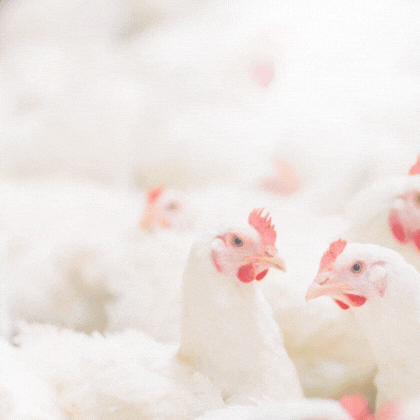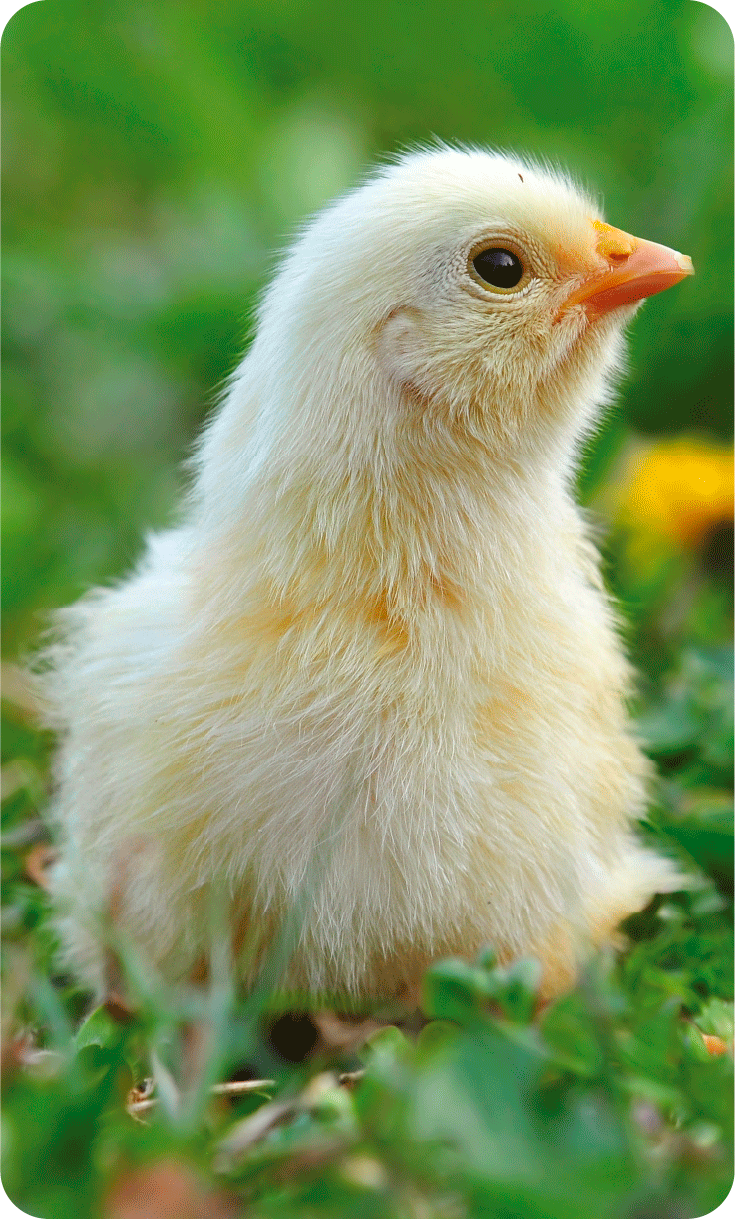Konten ini tersedia dalam: English Melayu (Malay) ไทย (Thai) Tiếng Việt (Vietnamese) Philipino
PENDAHULUAN
- Dalam 2 dekade terakhir, industri unggas global telah menghadapi perubahan dramatis dalam strategi pemberian pakan, terutama karena berkurangnya penggunaan antibiotik dalam pakan (termasuk ionofor).
- Namun, kebutuhan untuk menjaga kesehatan usus dan meningkatkan kinerja ayam pedaging tidak berubah, dan tanpa adanya antibiotik, kebutuhan itu sebenarnya lebih besar.
- Di era tanpa antibiotik ini, gangguan kesehatan usus dianggap sebagai tantangan utama bagi industri unggas di seluruh dunia.
- Koksidiosis dan enteritis nekrotik (enteritis bakterial) telah menjadi penyakit utama yang memengaruhi produktivitas dan keuntungan ekonomi ayam pedaging (diperkirakan kerugian tahunan sebesar 20 miliar dolar AS).
- Akibatnya, banyak spesialis ingin mempelajari aditif pakan non-antibiotik baru yang dapat mengurangi tantangan yang ditimbulkan oleh Eimeria spp. dan Clostridium perfringens serta meningkatkan kinerja pertumbuhan unggas juga.
Di antara banyak strategi alami yang telah dipelajari dan kemudian diterapkan secara komersial, saponin mendapatkan daya tarik di seluruh industri peternakan dan perunggasan.
SAPONIN
Saponin adalah senyawa alami yang ditemukan dalam berbagai macam tanaman yang telah terbukti menghasilkan berbagai macam efek biologis.
Quillaja saponaria, pohon kulit sabun dari Chili, dan Yucca schidigera, tanaman dari daerah kering di barat daya Amerika, telah menjadi sumber utama saponin yang digunakan secara komersial.
Ada beberapa manfaat saponin Quillaja dan Yucca dalam pakan ternak:
(1) Pengurangan amonia.
(2) Aktivitas antiprotozoa dan antimikroba.
(3) Stimulasi respons imun.
(4) Efek antiinflamasi dan antioksidan.
(5) Peningkatan daya cerna nutrisi.
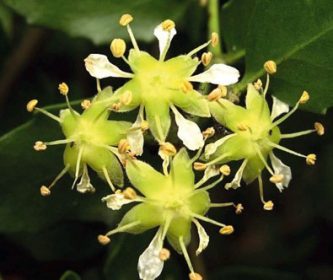
Gambar 1. Bunga Quillaja-saponaria
Saponin telah digunakan secara luas di AS sejak tahun 2000-an, dan dalam 10 tahun terakhir diperkirakan sekitar 25% ayam pedaging Amerika menerima produk berbasis saponin dalam pakan (>2,5 miliar ayam pedaging per tahun). Di Brasil, saponin disetujui sebagai pemacu pertumbuhan alami, dan baru-baru ini, penggunaannya telah meluas di Eropa dan Asia.
MANFAAT UTAMA SAPONIN UNTUK KESEHATAN DAN PERFORMA UNGGAS
Respons imun
Saponin Quillaja (QS) telah digunakan dalam vaksin manusia dan hewan sebagai adjuvan untuk meningkatkan imunogenisitas antigen, yang menghasilkan peningkatan antibodi dan sitotoksik limfosit T.
Pada gilirannya, efikasi vaksin meningkat. Baru-baru ini QS digunakan sebagai adjuvan dalam pengembangan vaksin Covid-19 dan malaria.
- Pada unggas, banyak penelitian menunjukkan bahwa suplementasi saponin dalam pakan, merangsang respons imun spesifik (seluler & humoral) terhadap berbagai patogen.
Bafundo dkk., menunjukkan bahwa burung yang dibesarkan di lingkungan dengan tantangan tinggi dan diberi diet yang mengandung kombinasi saponin Quillaja dan Yucca, menunjukkan penurunan signifikan dalam jumlah kejadian Clostridium perfringens dan Salmonella spp. (Tabel 1).
- Seperti yang diharapkan, peningkatan signifikan dalam kinerja unggas juga terjadi.
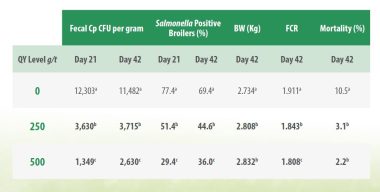
Tabel 1. Pengaruh level bertingkat kombinasi saponin Quillaja-Yucca (QY) terhadap jumlah Clostridium perfringens, persentase ayam pedaging yang positif Salmonella, dan performa (Bafundo et al., EC Veterinary Science, 2021).
Integritas usus dan kecernaan nutrisi
Dengan adanya tantangan penyakit usus yang tinggi, atau vaksinasi koksidiosis, unggas yang diberi makan saponin menunjukkan peningkatan yang signifikan pada tinggi vili usus dan pengurangan kedalaman kripta.
Selain itu, terjadi peningkatan regulasi protein tight junction (permeabilitas usus berkurang) dan peningkatan penyerapan usus terhadap bahan kering, bahan organik, lemak dan mineral, serta retensi N (Tabel 2 dan 3).
Akibatnya, tingkat konversi pakan (FCR) yang lebih baik dan bobot tubuh (BB) yang lebih tinggi tercatat pada kelompok yang diberi makan saponin (Tabel 4).
Hasil uji coba dan pengamatan menunjukkan bahwa efek positif pada integritas usus dan kecernaan nutrisi dapat dikaitkan dengan pengurangan replikasi koksidia dan perubahan populasi bakteri dalam usus.

Gambar 2. Kulit sabun
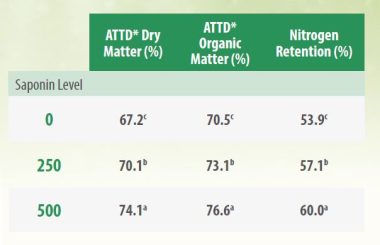

Tabel 2 dan 3. Pengaruh kadar saponin Quillaja dan Yucca secara bertahap terhadap persentase kecernaan total saluran cerna (ATTD) dan persentase retensi nitrogen ayam pedaging yang diukur dari hari ke-21 hingga ke-25 (Bafundo et al., Br. Poult. Sci. 2021).
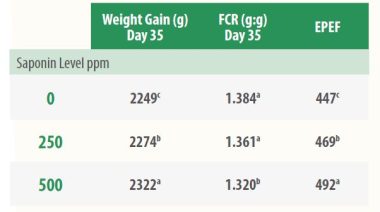
Tabel 4. Efek kadar saponin yang berbeda terhadap performa, pertambahan berat badan, konversi pakan, dan Faktor Efisiensi Unggas Eropa (EPEF) – Korelasi langsung antara integritas usus, daya cerna, dan performa. (Bafundo et al., Br. Poult. Sci. 2021).
Aktivitas Antikoksidia
Karena saponin memiliki sifat membranolitik, saponin dapat membentuk kompleks dengan kolesterol dalam membran sel protozoa (dan bakteri), yang menyebabkan lisis sel.
Meskipun tampaknya jelas bahwa pengurangan pergerakan oosit merupakan akibat langsung dari efek antikoksidia saponin Quillaja dan Yucca, saponin quillaja juga diketahui dapat meningkatkan pengenalan antigenik, dan efek ini dapat menghasilkan peningkatan respons imun ayam terhadap keberadaan infeksi koksidia dan berkontribusi pada penurunan potensi reproduksi parasit.
Penelitian terkini telah menunjukkan bahwa saponin dapat secara signifikan mengurangi efek buruk infeksi Eimeria pada ayam, dengan mengurangi oosit per gram feses (OPG) sebesar 40% hingga 60%, menurunkan skor lesi (LS), dan memberikan peningkatan performa (FCR, BW, dan Mortalitas).
Meskipun saponin bukan antikoksidia, molekul-molekul ini, bila digunakan dalam kombinasi dengan ionofor atau bahan kimia antikoksidia, meningkatkan efek antikoksidia dari metode ini dan memberikan kinerja yang lebih baik.
- Pada ayam yang divaksinasi terhadap koksidiosis, saponin meningkatkan respons imun, mengurangi kerusakan usus akibat vaksin koksidiosis, dan meningkatkan parameter kinerja.
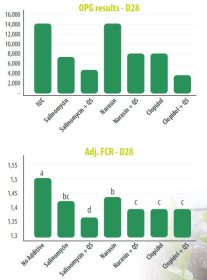
Grafik 1 dan 2. Saponin Quillaja (QS) mengurangi OPG (oosit per gram feses) dan meningkatkan FCR (tingkat konversi pakan) dari semua metode Anticoccidial yang digunakan dalam uji coba ini. *IUC: Kontrol yang Terinfeksi dan Tidak Diobati
Parameter kinerja unggas berumur panjang
Saat ini, belum banyak data yang dipublikasikan tentang efek saponin pada ayam pedaging, ayam dara, atau ayam petelur.
Namun, selama beberapa tahun terakhir, perusahaan komersial telah mengevaluasi penggunaan saponin pada unggas berumur panjang dan menemukan aplikasi yang menghasilkan kinerja dan produktivitas yang lebih baik, seperti peningkatan keseragaman dan penurunan angka kematian pada ayam dara, serta peningkatan produksi telur dan kualitas kulit telur.
Dengan mempertimbangkan efek yang disebutkan sebelumnya dalam menurunkan beban patogen usus, menjaga integritas usus, dan meningkatkan daya cerna nutrisi penting, saponin kemungkinan memiliki efek yang berarti pada unggas berumur panjang.
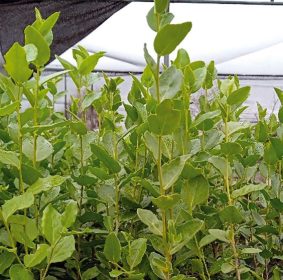
KESIMPULAN
- Saponin merupakan produk turunan tanaman yang memberikan banyak efek biologis pada ayam pedaging.
- Baik uji coba penelitian maupun penggunaan komersial telah menunjukkan bahwa produk ini meningkatkan kesehatan usus dengan mengurangi terjadinya lesi koksidia, mengurangi keparahan infeksi bakteri usus, dan meningkatkan kekebalan usus.
- Selain itu, penelitian menunjukkan bahwa daya cerna nutrisi meningkat ketika saponin diberikan pada ayam pedaging yang sedang tumbuh.
- Saponin telah terbukti melengkapi aktivitas banyak program antikoksidia dan telah banyak digunakan untuk meningkatkan respons vaksin koksidiosis live.
- Saponin kompatibel dengan semua jenis aditif pakan.






